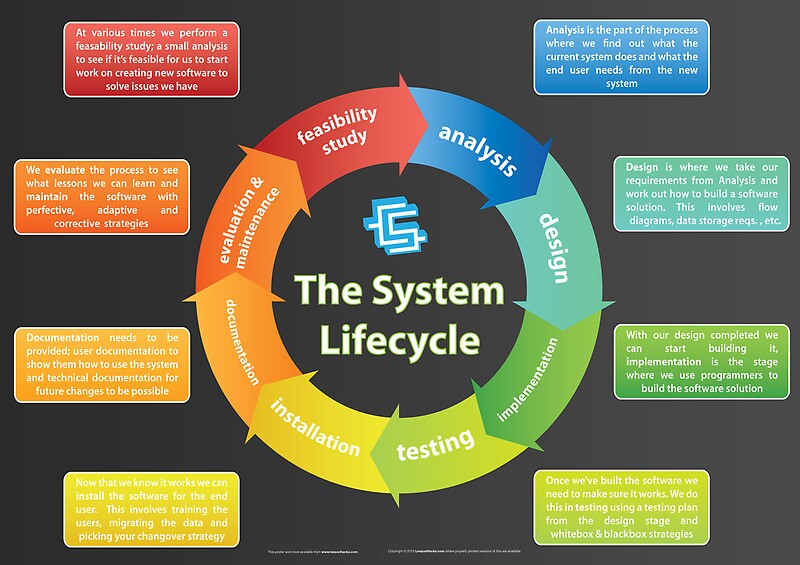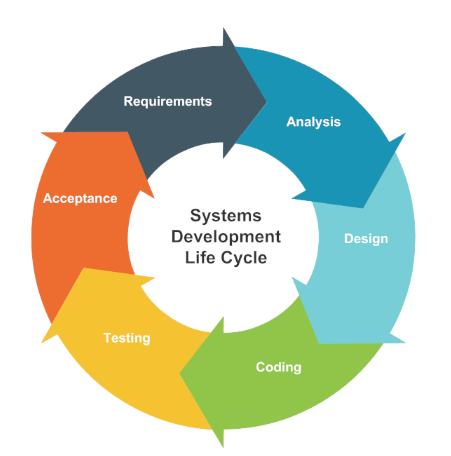
System development life cycle in information management is a process that involves breaking down the work into different phases required for implementing new or modified systems in an organization. This process ensures that the final product meets the required standards, functions, and meets objectives based on requirements within specified timelines and cost estimates. The following is a step-by-step guide highlighting the different phases involved in the system development life cycle in information management.
Phase 1: Requirement Analysis
The first phase involves identifying the problem or need that requires a solution, then identifying the actual problem or need, whether it is realistic and the resources that will be required to solve the problem.
Phase 2: Requirement Gathering
After identifying the problem, the next step is to gather all the necessary information required for the solution. This information will include different factors such as the amount of time required to solve the problem, necessary resources, and the type of environment required for the solution.
Phase 3: System Design
The system design is the blueprint for the solution. During this phase, the architect creates a logical design and gets design confirmation from the organizational decision-makers. The design is then reviewed to ensure that it meets the organization’s requirements.
Phase 4: Development and Testing
The development and testing phase is where the solution is built and tested to ensure that it meets the organization’s requirements. The solution is tested under various conditions to ensure that it functions properly and meets the organization’s standards.
Phase 5: Implementation
The implementation phase is where the final product is integrated into the business processes or systems. This process involves deploying the solution on the client’s end and ensuring that it functions as expected.
Phase 6: Maintenance and Evaluation
The final phase of the system development life cycle in information management is maintenance and evaluation. It includes maintaining the system to ensure that it meets the organization’s growing needs and evaluating how the system operates and whether it is meeting the organization’s goals and objectives. This process is continuous and ensures that the system provides long-term value for the organization.
In conclusion, implementing a system development life cycle in information management requires a systematic approach that breaks down the work into different phases. By following these steps, organizations are guaranteed of building a system solution that meets their needs, requirements and helps in achieving organizational goals and objectives. [1][2]




